Marine Conservation
Introduction
Marine conservation, also known as ocean conservation, refers to the protection and preservation of ecosystems in oceans and seas. It encompasses the study and protection of all marine species and their habitats, with the aim of preventing their extinction, promoting sustainable use, and conserving the overall health of marine ecosystems.
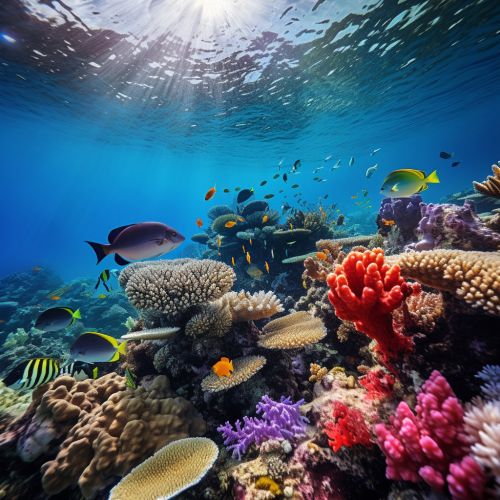
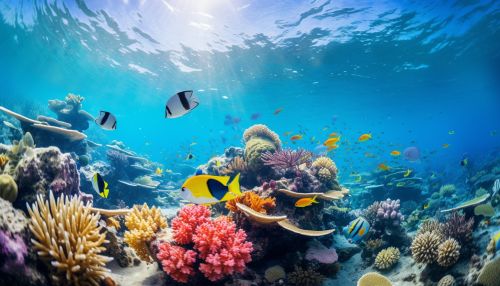
Importance of Marine Conservation
Marine conservation is crucial for maintaining the balance of life in the oceans. Oceans cover over 70% of the Earth's surface and are home to a vast array of marine biodiversity. They play a vital role in the Earth's climate system, acting as a sink for carbon dioxide and helping to regulate global temperatures.
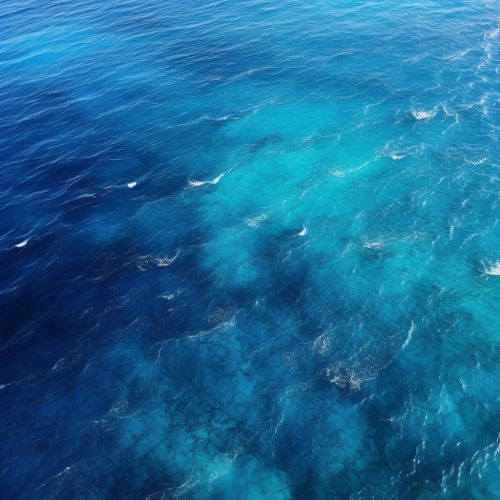
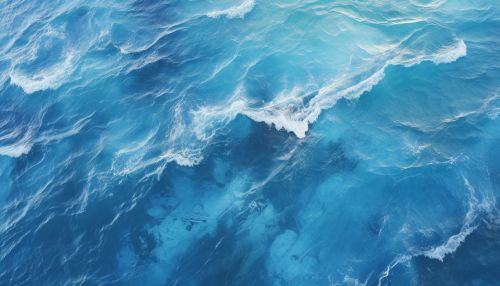
Threats to Marine Life
Various human activities pose significant threats to marine life. These include overfishing, pollution, habitat destruction, and climate change. Each of these threats has the potential to disrupt the balance of marine ecosystems and lead to the loss of biodiversity.
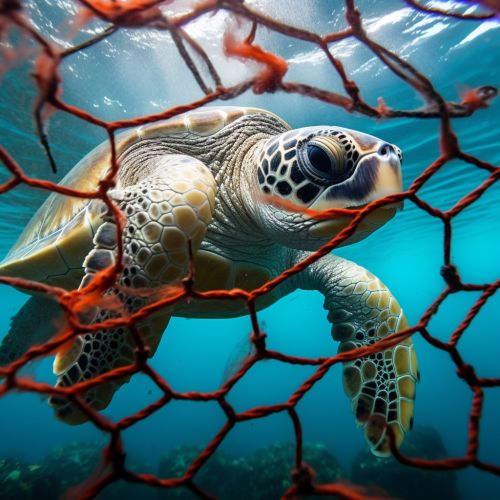
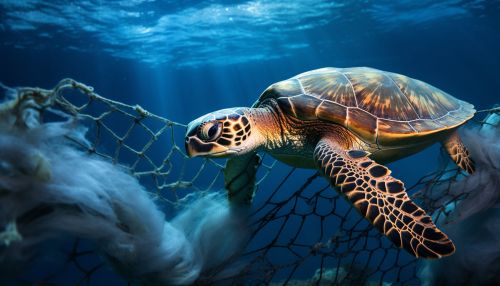
Overfishing
Overfishing is a major threat to marine life. It involves catching fish at a rate faster than they can reproduce, leading to a decline in fish populations. Overfishing can lead to the collapse of entire fisheries, threatening the livelihoods of communities that depend on them.
Pollution
Marine pollution, particularly plastic pollution, is another significant threat. Millions of tons of plastic waste end up in the oceans each year, posing a serious threat to marine life. Marine animals can become entangled in plastic debris or ingest it, often with fatal consequences.
Habitat Destruction
Habitat destruction, often due to coastal development and destructive fishing practices, also poses a significant threat to marine life. Coral reefs, mangroves, and seagrass beds, which are vital habitats for many marine species, are particularly at risk.
Climate Change
Climate change is causing ocean temperatures to rise and leading to ocean acidification. Both of these changes can have devastating impacts on marine life, particularly coral reefs, which are highly sensitive to changes in temperature and acidity.
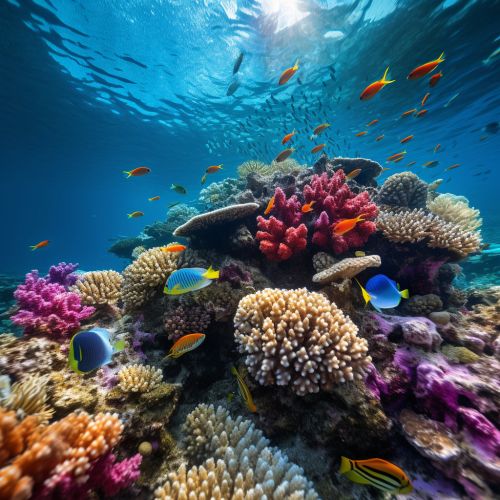
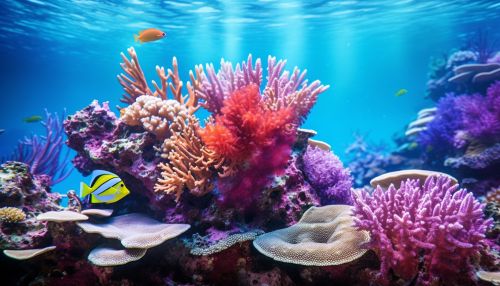
Marine Conservation Strategies
There are several strategies used in marine conservation to protect and preserve marine ecosystems. These include the establishment of marine protected areas, sustainable fishing practices, pollution control, and habitat restoration.
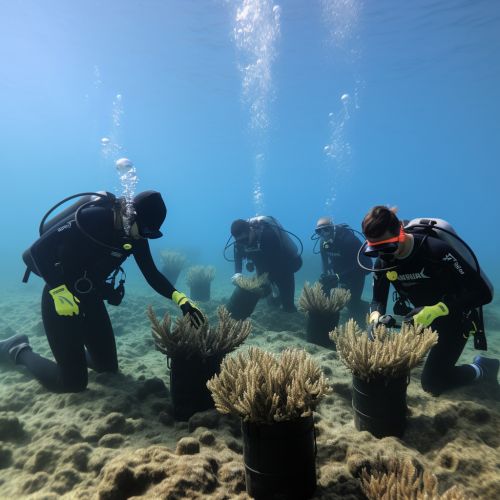
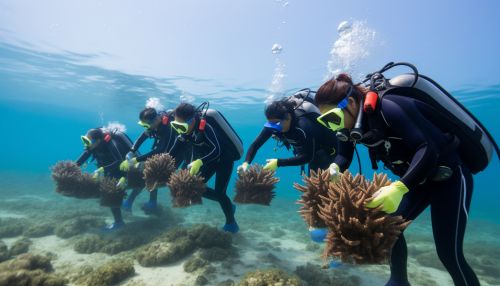
Marine Protected Areas
Marine Protected Areas (MPAs) are regions of the ocean where human activities are more tightly regulated than the surrounding waters. MPAs are designed to protect marine ecosystems and biodiversity, and can range from wildlife refuges to research facilities.
Sustainable Fishing
Sustainable fishing practices aim to reduce the impact of fishing on marine ecosystems. This can involve the use of more selective fishing gear to reduce bycatch, setting catch limits to prevent overfishing, and implementing closed seasons to allow fish populations to recover.
Pollution Control
Efforts to control pollution involve reducing the amount of waste that enters the oceans. This can involve improving waste management systems, promoting the use of reusable products, and implementing policies to reduce plastic production and use.
Habitat Restoration
Habitat restoration involves efforts to restore damaged marine habitats. This can involve the replanting of mangroves, the restoration of seagrass beds, and the rehabilitation of coral reefs.
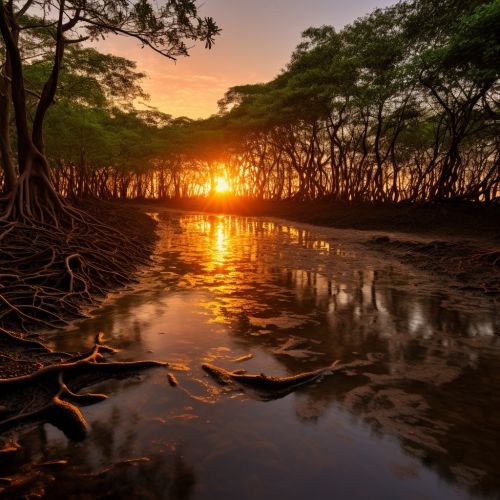

Conclusion
Marine conservation is a critical field that seeks to protect and preserve the world's oceans and the myriad of life they support. Through a combination of strategies, including the establishment of marine protected areas, sustainable fishing practices, pollution control, and habitat restoration, marine conservationists work to ensure the health and longevity of our oceans for future generations.
